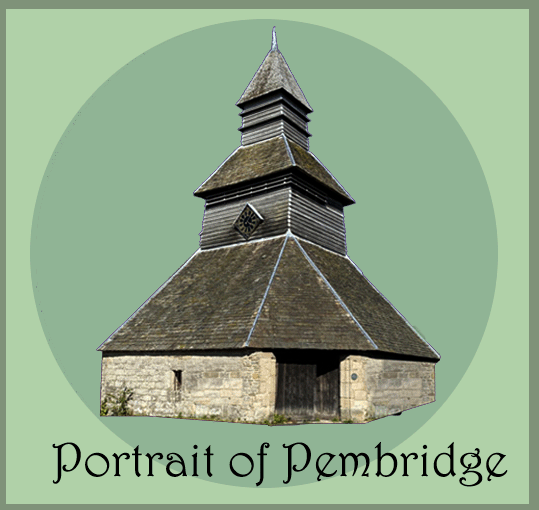Medieval Mortimers – Anne O’Brien
Anne O’Brien Brings Medieval Women to Life-
On Saturday 25th May 2024, a packed St. Mary’s Church faced Anne O’Brien, world acclaimed author of historical fiction, eagerly awaiting the talk about her 15th novel. This is A Court of Betrayal about which The Times writes, “O’Brien cleverly intertwines the personal and political in this enjoyable, gripping tale”.
Anne set the background for her novel, telling us that the protagonists, Roger Mortimer and Johane de Geneville, 14 and 15 years old respectively, were married at Pembridge Church on 20th September 1301. The church building was much smaller then and Roger later rebuilt it to be close to the size and form that we see today. She said that it was impossible to ignore that we lived in “Mortimer country” with the castles of the Welsh Marches a constant reminder. Johane owned vast estates and castles in England and France, including Ludlow Castle which became a Mortimer castle when she joined forces with Roger.
Roger and Johane’s marriage ceremony took place over 700 years ago. Apparently, a comet appeared in the skies above Pembridge every night for 7 nights after the wedding. Looking around, listening to Anne’s eloquent voice, it became mesmerising and spine chillingly relevant to hear about the life of the newlyweds. Characters in Medieval dress (ladies and gents from the Leominster Medieval Society) sat next to me in the pews and the effigies in costume somehow seemed less statuesque.
Anne O’Brien considers the women in powerful historical families to be of prime importance. She said that for the most part they are invisible, “a silent witness to history” which was largely written by male chroniclers. She mentioned Margery Kempe, who wrote about pilgrimages and the difficulties of living with her husband in the 14th century.
Accurate historical content is important to Anne, and she said that she writes with “well informed imagination”. She hopes that Roger and Johane will “live again” in The Court of Betrayal, bringing a balance of information and representation of the two characters. She reminds us that religion and obedience dominated Medieval society and she counters this with, “What would I have done in that situation?”
There was much satisfaction and happiness early on in Roger and Johane’s marriage and they eventually had 12 children together. They travelled together, largely to Ireland where they owned many estates. Trouble started when Mortimer led a baronial revolt against Edward ll. Roger was accused of treason and taken to The Tower of London. His guards were drugged, and Roger miraculously escaped, sailing down the Thames and eventually to France. Meanwhile, Johane and children were imprisoned at Skipton Castle, robbed of their freedom for three years with no communication or income, worried about their impending
futures.
Roger returned from France with an army and Queen Isabella, estranged wife of Edward II, who was allegedly his lover. They overthrew the King, placing the teenage Edward III on the throne. Joahne and her children were released but she was humiliated by the open affair which Roger pursued with Isabella.
This must have been a difficult time for Johane, witnessing improvements being made to Ludlow Castle, where a chantry was built, and at Wigmore Castle new interior garderobes were added, possibly in Isabella’s honour as she was to stay there. For 3 years Roger was de facto ruler of England before being overthrown by Edward lll. Roger used his daughters’ wedding to demonstrate his power and dressed as King Arthur, giving the young Edward lll the role of Sir Lionel, one of Arthur’s lesser knights. Two years later Roger was accused of treason again, sent to the Tower of London and hanged at Tyburn. His wife and children were again stripped of their wealth and titles. Johane had the strength of character to patiently petition the King to secure land and titles for her children. Her grandson became Earl Mortimer.
Roger is buried in an unmarked grave in the grounds of Wigmore Abbey and Johane was eventually placed beside him.
As elegant Anne O’Brien came to the end of her engaging talk, the Passamezzo dancers entertained us to Medieval music and dancing, bringing the gripping tale of Roger Mortimer and Johane de Geneville to a temporary close. My signed copy of The Court of Betrayal is on the top of my pile of books to read.
